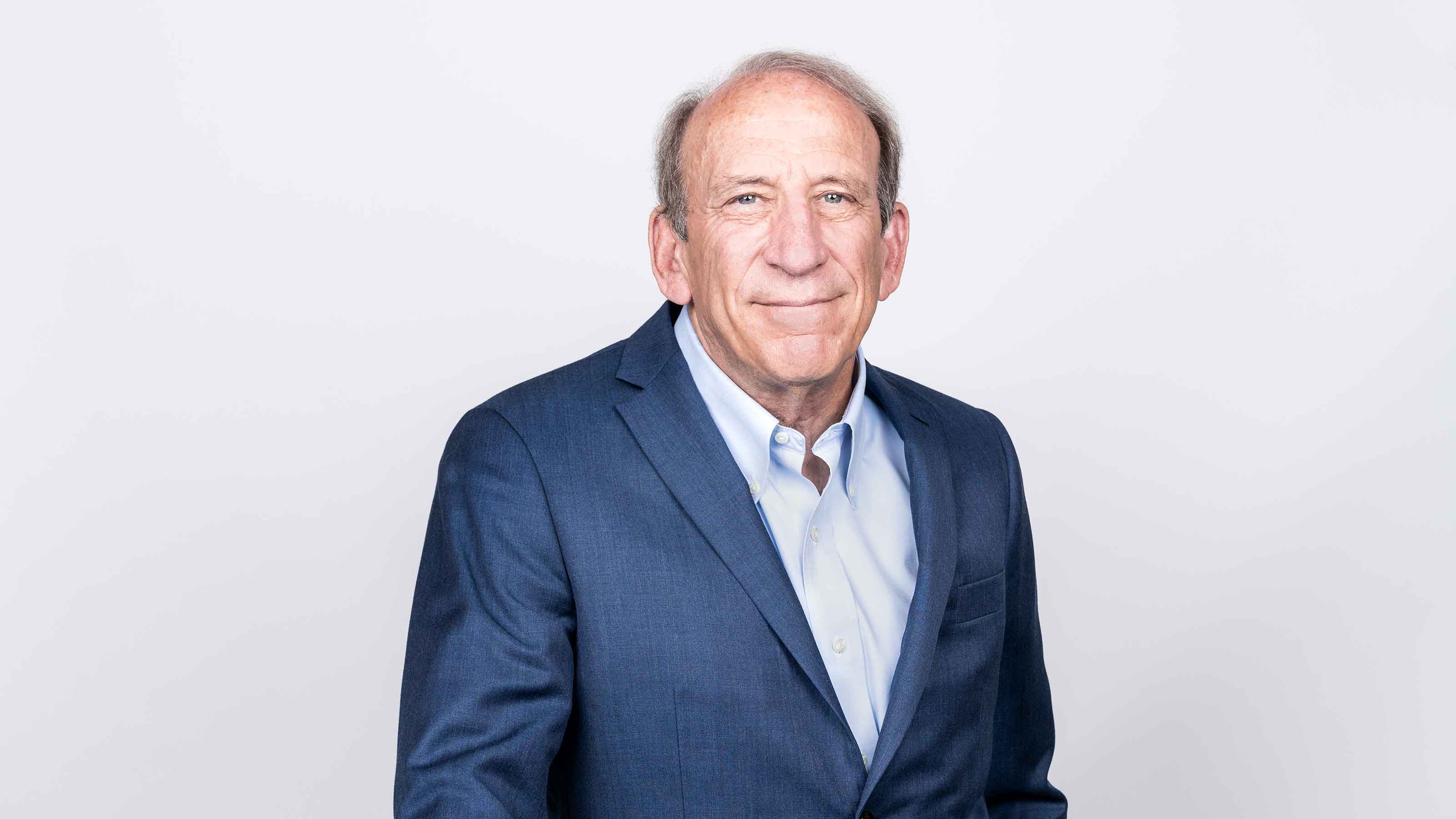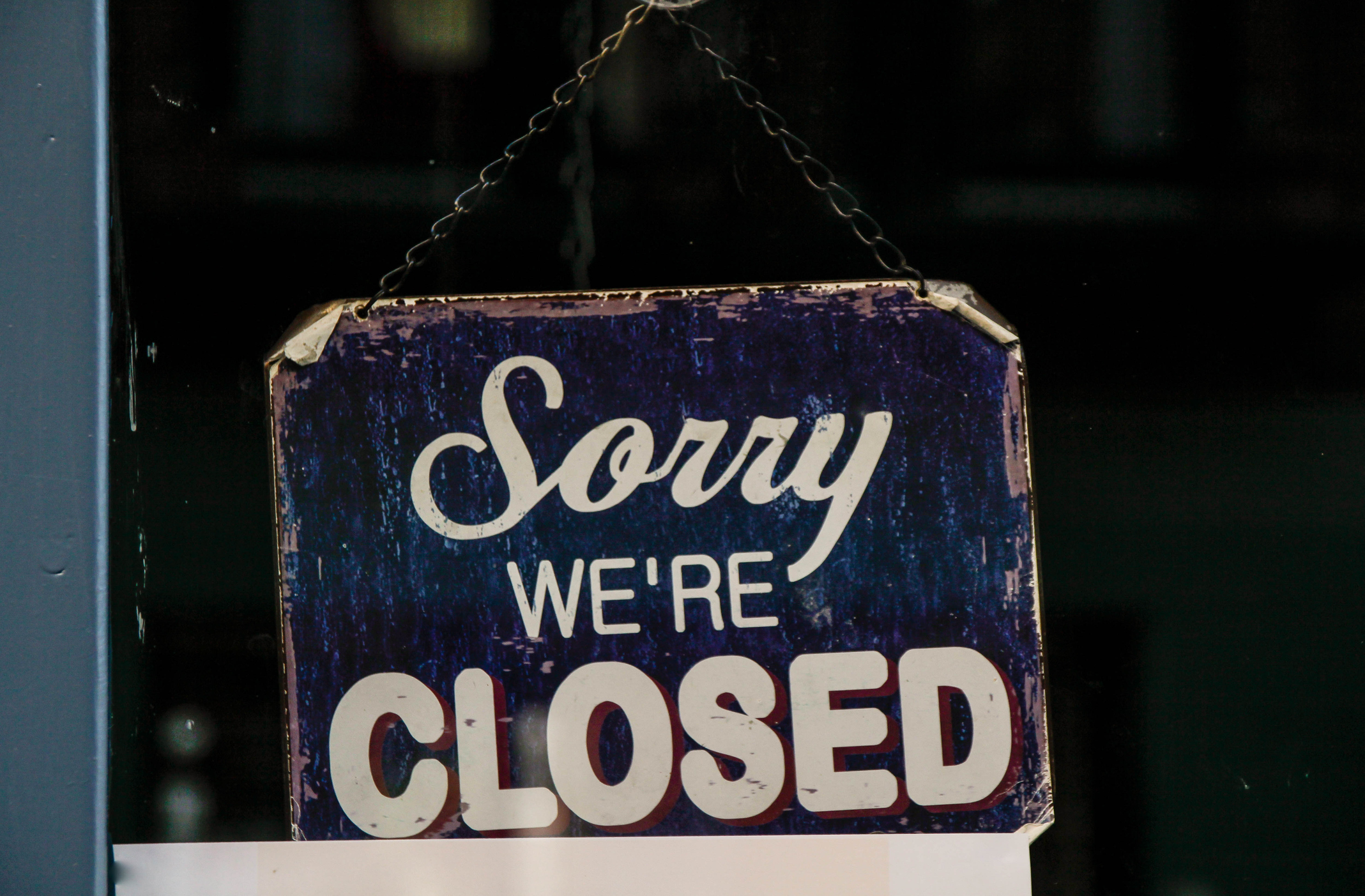Extending Broadband to More Americans
The infrastructure bill would provide billions to improve internet access to rural and low-income households.


Blair Levin is a nonresident senior fellow at the Brookings Institution. From 2009 to 2010, he oversaw the development of the U.S. National Broadband Plan at the Federal Communications Commission. In August, Kiplinger’s spoke with Levin about the $1 trillion infrastructure bill, which allocates $65 billion to expand high-speed internet access in the U.S. The Senate approved the bill in August; at press time, it was pending in the House.
Recent data from Pew Research shows that although rural areas are more wired than in the past, many rural areas continue to lack dependable broadband service—a problem that became glaringly apparent during the pandemic. How does the infrastructure bill address this? There were two significant problems Congress sought to address in the bill. The first is the access problem—whether communities have access to an adequate broadband network. Congress allocated $42.5 billion to the states to solve that problem. The second problem is adoption, which is primarily, but not exclusively, a problem of affordability. Congress acted to address that with $14 billion to help low-income individuals purchase broadband services and by allocating a couple of billion dollars to provide digital training. There are millions of Americans who don’t have the training to use broadband applications.
The goal of the legislation is to provide all households with affordable baseline service. Twenty years ago, we would have defined baseline service as a dial-up modem, but demands are much higher today. How does the legislation define the term? Congress defines it as 25 megabits per second “down”—when you’re downloading something, such as a movie—and 3 megabits per second “up”—when you’re transmitting to someone else. When you’re on a Zoom call, for example, people are transmitting video to you and you’re transmitting video to them.
From just $107.88 $24.99 for Kiplinger Personal Finance
Become a smarter, better informed investor. Subscribe from just $107.88 $24.99, plus get up to 4 Special Issues

Sign up for Kiplinger’s Free Newsletters
Profit and prosper with the best of expert advice on investing, taxes, retirement, personal finance and more - straight to your e-mail.
Profit and prosper with the best of expert advice - straight to your e-mail.
Is there a risk that the government is spending billions on broadband services that could be outdated in a few years by satellites, 5G networks and other emerging technologies? There is broad agreement that government subsidies should only fund networks that will provide robust service for decades, but there is also a vigorous policy and technology debate about what constitutes a “future-proof” network. Part of the problem we’ve had in the past 10 years is that we have subsidized networks that are not future-proof. Various institutions at the state and federal level still fund phone networks that provide outdated DSL internet service. Reasonable minds can differ about whether satellite service should be subsidized. If you put up a satellite high enough, it can see the entire United States, but its “pipe,” if you will, is much smaller than with fiber, and it can’t provide a next-generation service to a large population. Fiber takes more time to deploy, but it provides more bandwidth, and its useful life is much longer.
What’s the time line for broadband improvements? When could people who don’t have access—or can’t afford it—see a difference? For deployment to rural areas, it’s likely to be three or four years. The new subsidies should start flowing within months after the legislation is signed into law. The Federal Communications Commission already has a mechanism to distribute funds to eligible people, and while it requires some adjustments, that will happen much faster than the process of constructing networks.
Profit and prosper with the best of Kiplinger's advice on investing, taxes, retirement, personal finance and much more. Delivered daily. Enter your email in the box and click Sign Me Up.

Block joined Kiplinger in June 2012 from USA Today, where she was a reporter and personal finance columnist for more than 15 years. Prior to that, she worked for the Akron Beacon-Journal and Dow Jones Newswires. In 1993, she was a Knight-Bagehot fellow in economics and business journalism at the Columbia University Graduate School of Journalism. She has a BA in communications from Bethany College in Bethany, W.Va.
-
 The SEC Is Concerned for Older Investors and Retirement Savers. Here's What You Should Know
The SEC Is Concerned for Older Investors and Retirement Savers. Here's What You Should KnowThe SEC focusing on older investors, retirement and college savers, and private securities. Here's how those changes impact you.
-
 Vesting, Catch-Ups and Roths: The 401(k) Knowledge Quiz
Vesting, Catch-Ups and Roths: The 401(k) Knowledge QuizQuiz Test your understanding of key 401(k) concepts with our quick quiz.
-
 Why You Should Pay Attention to Company Guidance
Why You Should Pay Attention to Company GuidanceUnderstanding how corporate profit forecasts affect analysts’ estimates and stock ratings can help you make investment decisions.
-
 What Is AI? Artificial Intelligence 101
What Is AI? Artificial Intelligence 101Artificial intelligence has sparked huge excitement among investors and businesses, but what exactly does the term mean?
-
 The Best Tech Stocks to Buy
The Best Tech Stocks to BuyTech stocks are the market's engine of growth. But what defines a tech stock? How do you find the best ones to buy? We take a look here.
-
 All AI Regulations Are Not Created Equal: Kiplinger Economic Forecasts
All AI Regulations Are Not Created Equal: Kiplinger Economic ForecastsEconomic Forecasts As Congress regulates artificial intelligence, tech advocates urge lawmakers to define different areas of AI, as some are more dangerous than others.
-
 Best Banks for High-Net-Worth Clients
Best Banks for High-Net-Worth Clientswealth management These banks welcome customers who keep high balances in deposit and investment accounts, showering them with fee breaks and access to financial-planning services.
-
 Text-Generating AI Faces Major Legal Risks: Kiplinger Economic Forecasts
Text-Generating AI Faces Major Legal Risks: Kiplinger Economic ForecastsEconomic Forecasts Major legal risks to text-generating artificial intelligence: Kiplinger Economic Forecasts
-
 Stock Market Holidays in 2025 and 2026: NYSE, NASDAQ and Wall Street Holidays
Stock Market Holidays in 2025 and 2026: NYSE, NASDAQ and Wall Street HolidaysMarkets When are the stock market holidays? Here, we look at which days the NYSE, Nasdaq and bond markets are off in 2025 and 2026.
-
 Stock Market Trading Hours: What Time Is the Stock Market Open Today?
Stock Market Trading Hours: What Time Is the Stock Market Open Today?Markets When does the market open? While the stock market has regular hours, trading doesn't necessarily stop when the major exchanges close.
-
 Bogleheads Stay the Course
Bogleheads Stay the CourseBears and market volatility don’t scare these die-hard Vanguard investors.